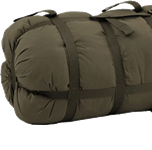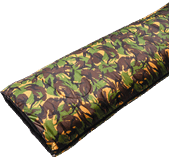Winter sleeping bags are designed for the most extreme tourists and outdoor enthusiasts. Who else would be capable of spending nights outside in temperatures around 0°C and below? With us, you will find a wide range of winter sleeping bags from various manufacturers.
For extreme temperatures
Winter sleeping bags can use the same insulating materials as spring, summer, and autumn ones, only these materials need to be used in somewhat larger quantities. This has its advantages and disadvantages. The advantage is primarily lower comfort, limit, and extreme temperatures in which you can use the sleeping bag, but the disadvantages mean a higher volume and weight.
A three-season sleeping bag without compromise?
For this reason, it is not entirely suitable (and actually not possible) to have, without certain compromises, one universal sleeping bag for the whole year, or at least from autumn to spring. Not that three-season sleeping bags don't exist. With them, however, you have to count on adding a sleeping bag liner in winter or helping from the outside with a bivy bag to improve the sleeping bag's insulation in lower temperatures.
And what about the duck down?
For winter sleeping bags, you can also find models that are not filled with synthetic insulation but with goose or duck down. This is indeed of high quality and warm, but you need to be careful not to dirty such a sleeping bag and to avoid it getting too damp at night if possible. Down is quite complex to wash, but especially to dry. During drying, the down sleeping bag must be regularly fluffed to maintain the so-called loft, the continuous layer of insulation. Down clumps together when wet and loses its insulating properties.
Preventing the thermal bridges!
In winter sleeping bags, elements that prevent the formation of thermal bridges are more important than in other models. These include features like the draft tubes around zippers, insulated seams, or the absence of quilting that could be a potential weak spot degrading the insulation effectiveness.
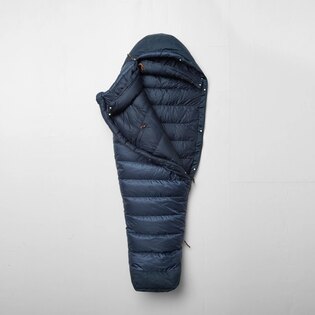
Fjällräven® Keb Three Seasons sleeping bag
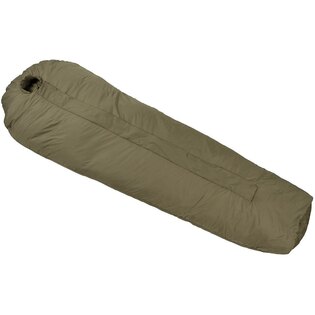

Sleeping bag Modular original British army / like new
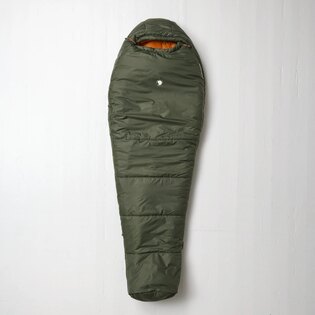
Fjällräven® Abisko Three Seasons sleeping bag
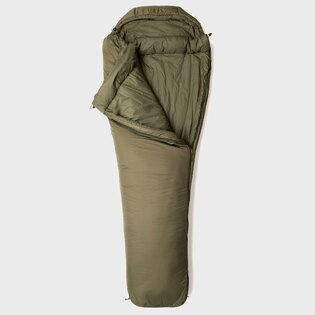



Snugpak® Softie 15 Discovery sleeping bag
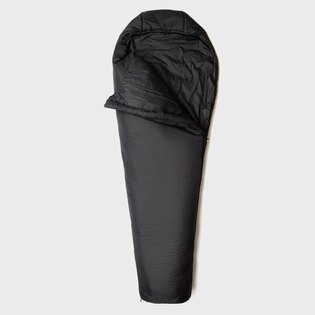



Snugpak® Softie 9 Hawk sleeping bag
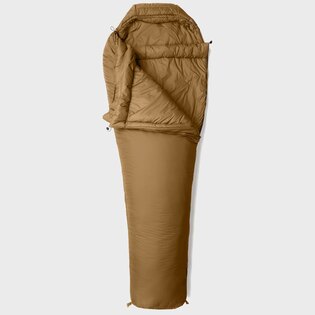



Snugpak® Softie 12 Osprey sleeping bag
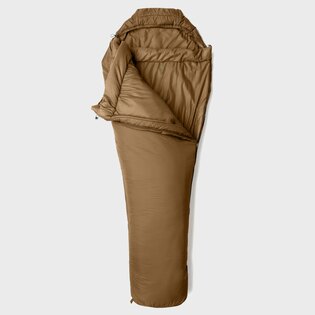


Snugpak® Tactical 4 sleeping bag
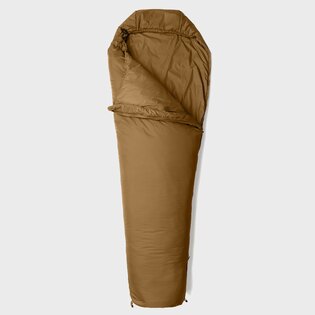



Snugpak® Softie 3 Merlin sleeping bag
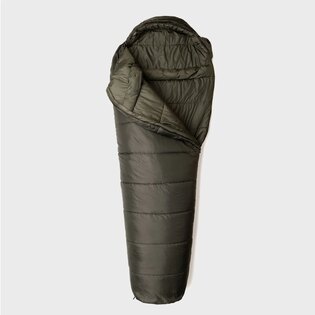


Snugpak® Sleeper Extreme sleeping bag
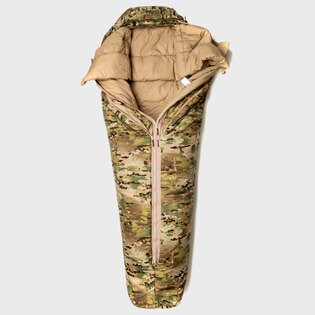


Snugpak® Special Forces System sleeping bag
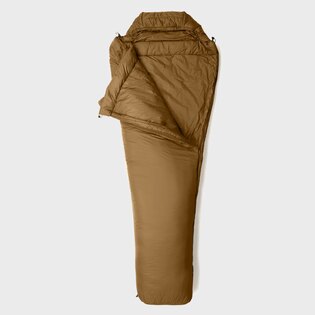



Snugpak® Softie 10 sleeping bag
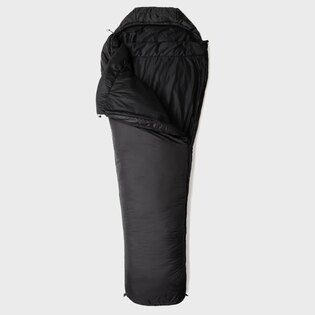


Snugpak® Tactical 3 sleeping bag
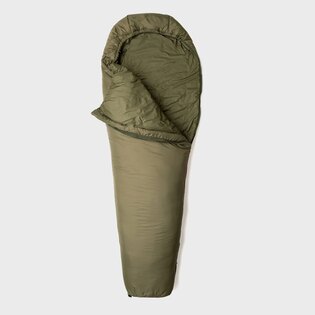



Snugpak® Softie 6 sleeping bag
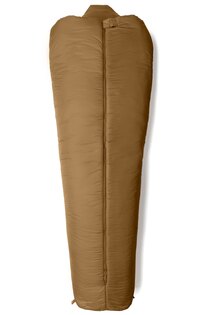



Snugpak® Softie Antarctica sleeping bag
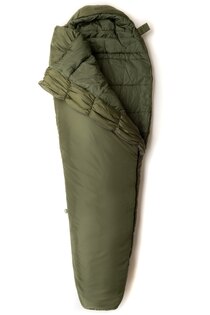
Snugpak® Softie® Elite 4 sleeping bag
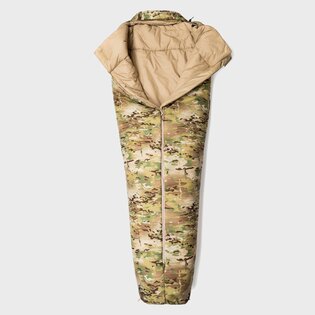
Special Forces 2 Snugpak® Sleeping Bag
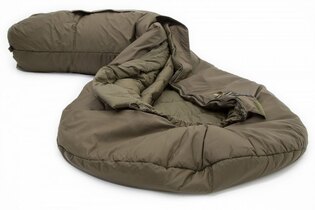


Sleeping Bag Defence 4 Carinthia®
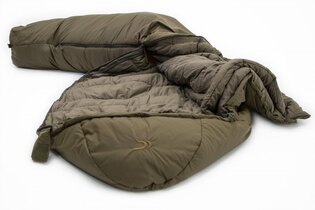
Carinthia® Wilderness Sleeping Bag
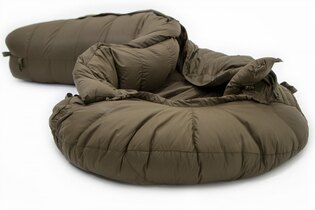
Carinthia® Survival Down 1000 Sleeping Bag
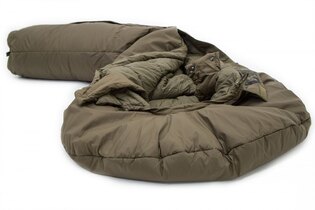
Sleeping Bag Defence 6 Carinthia®
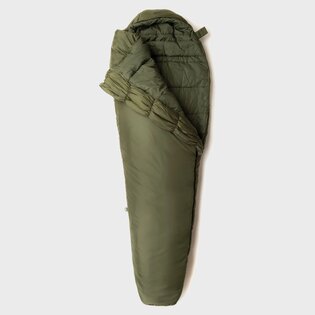
Snugpak® Softie® Elite 5 sleeping bag
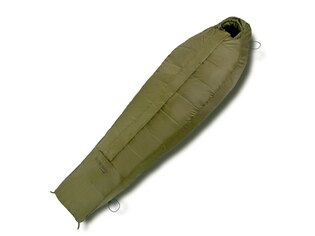
RDO® Orkan RX sleeping bag
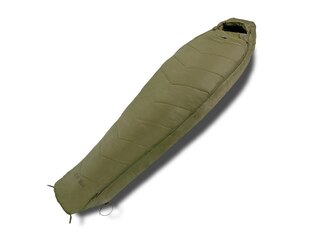
RDO® Patriot RX sleeping bag










































































































































